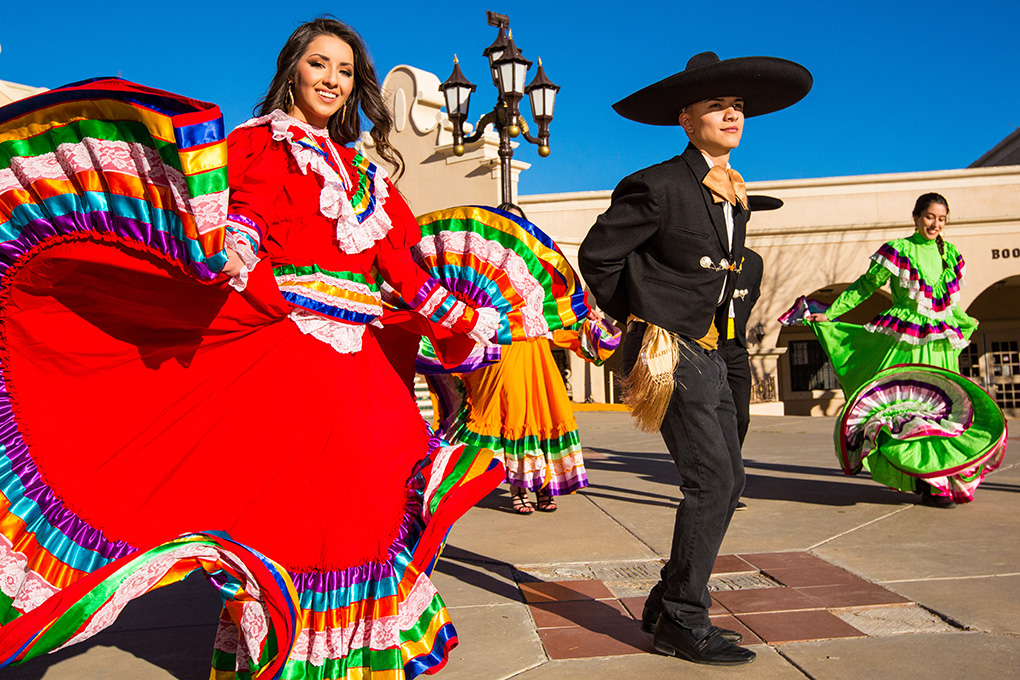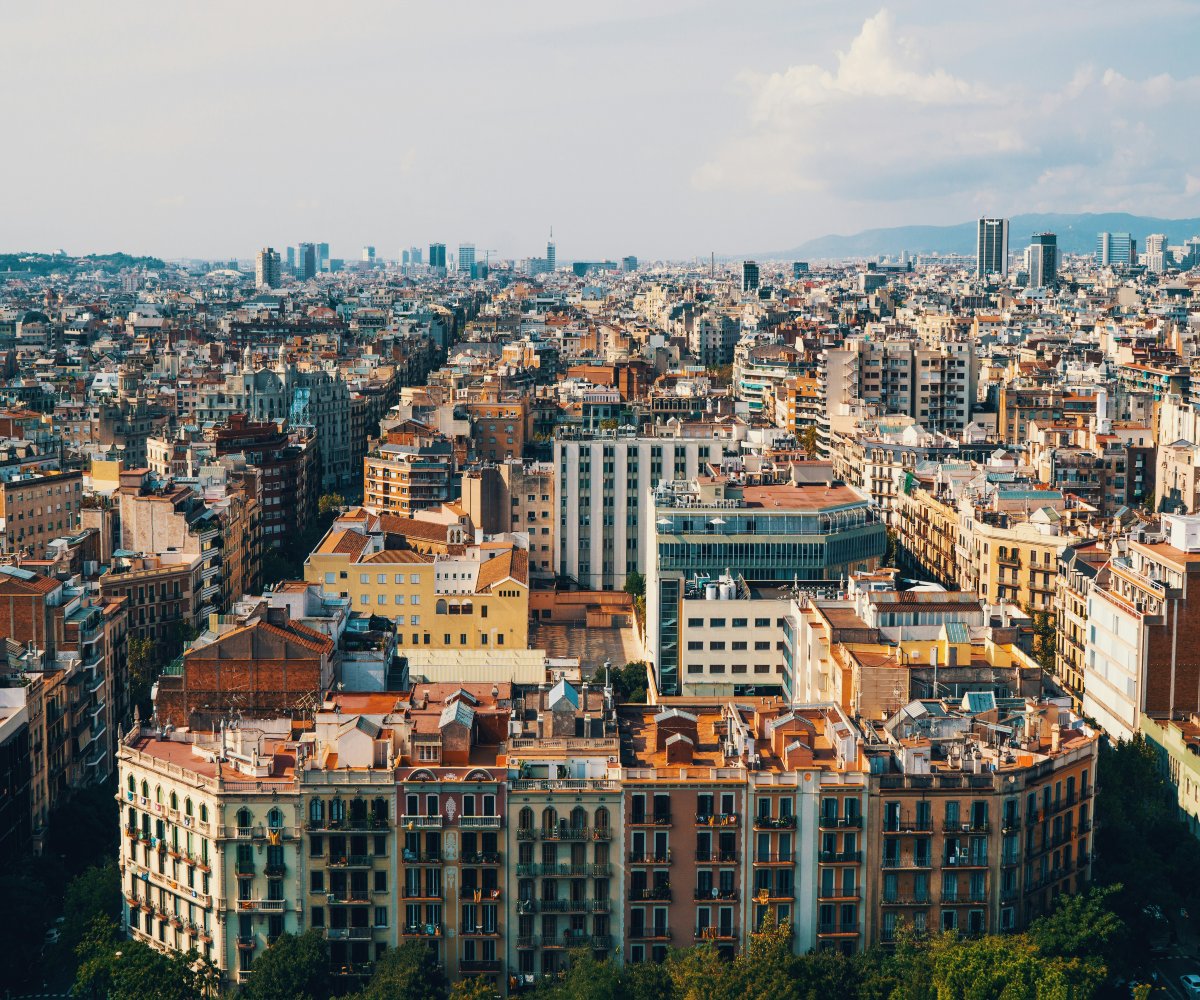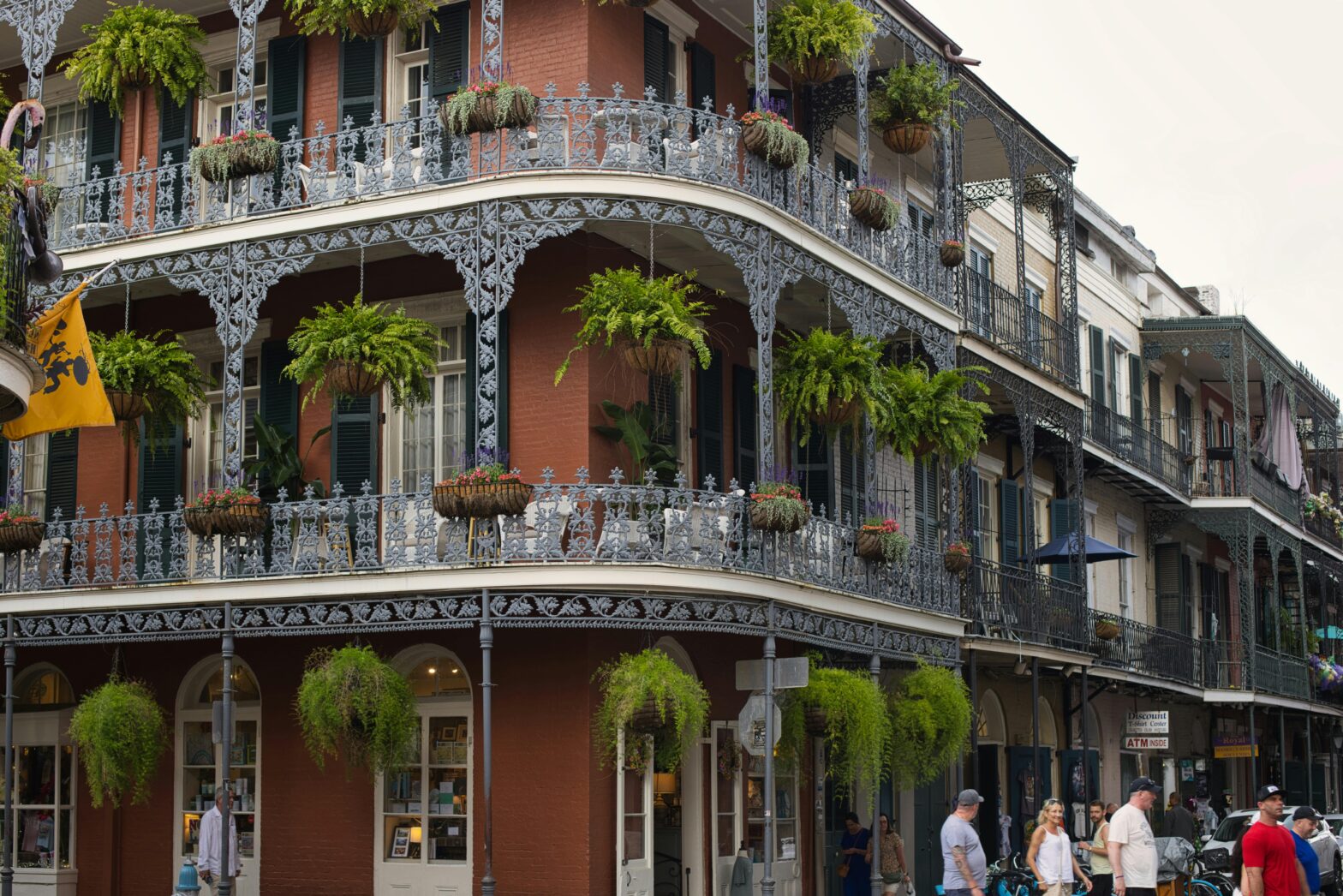Mexican Independence Day (Sept. 16) is quite a big deal in Mexico. It’s a celebration of the Central American nation gaining its freedom from its Spanish colonists.
The Spaniards conquered the land today known as Mexico, calling it “New Spain.” There, indigenous populations were brutalized and enslaved, forced to work in mines and on plantations. Over the years, native populations further decreased greatly in numbers due to the new diseases brought over by the Europeans.
After suffering for 300 years under Spanish control, Mexico became an independent country in 1821. Here are some facts about Mexican Independence Day and how the occasion is commemorated today.
1. Mexican Independence Day is Not Cinco de Mayo
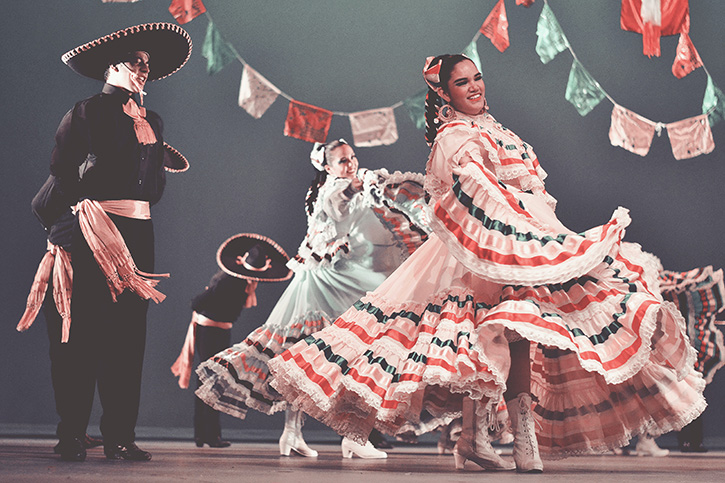
Though often confused, the two holidays mark two separate occasions. Cinco de Mayo is celebrated in remembrance of Mexico’s victory over France in the 1862 Franco-Mexican War’s Battle of Puebla.
Mexican Independence Day, on the other hand, observed September 15-16, marks the anniversary of the cry of independence or el Grito de Dolores. It was the epic 1810 speech of Catholic priest Miguel Hidalgo y Costilla which ignited the Mexican War of Independence that ultimately led to Mexico gaining freedom from Spanish rule.
2. It Marks the Beginning of the Fight for Independence

Unlike most countries, Mexico does not celebrate the actual date they gained their independence. Instead, they celebrate the beginning of what would be a long flight against the Spanish for their sovereignty.
The Mexican War of Independence lasted for over 11 years. Finally, on August 24, 1821, Mexico was granted its independence after 300 years under Spanish rule with the signing of the Treaty of Córdoba.
3. It is the Biggest Holiday for Mexicans

As the biggest and most important Mexican holiday, Mexican Independence Day is celebrated with plenty of festivities. These include fireworks, parades, dancing, music, and fiestas.
Many people decorate and don their finest green, white, and red clothing to represent their country and its flag.
Mexicans also honor the history of their independence by remembering those who fought and lost their lives to see their country free. Each year, there is a reenactment of el Grito de Dolores by the Mexican president and other leaders and officials across the country.
4. Food is an Important Part of the Celebration
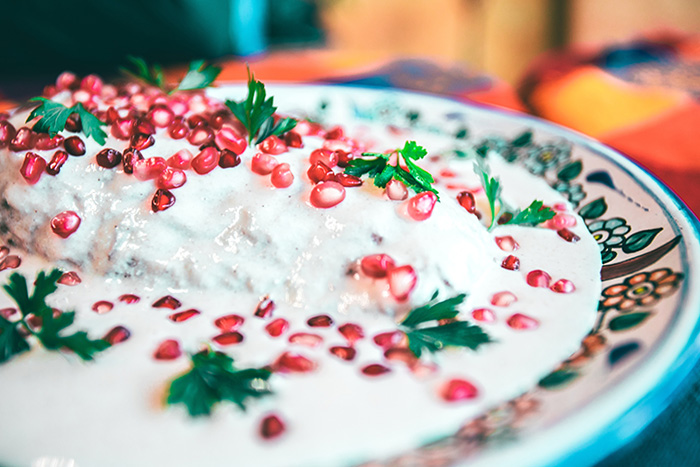
As part of the celebration of Mexican Independence Day, traditional Mexican foods are prepared and enjoyed. Feasts commonly include dishes like sopa Azteca, pozole, tamales, pambazos, and tostadas.
However, no Mexican Independence Day celebration is complete without the main attraction, chiles en nogada. The meal is made from stuffed poblano peppers covered in walnut sauce. It features the three colors of the Mexican flag: green from the peppers, white from the sauce, and red from the pomegranate seeds that are sprinkled on top.
5. Mexican Independence Day is Celebrated Around the World
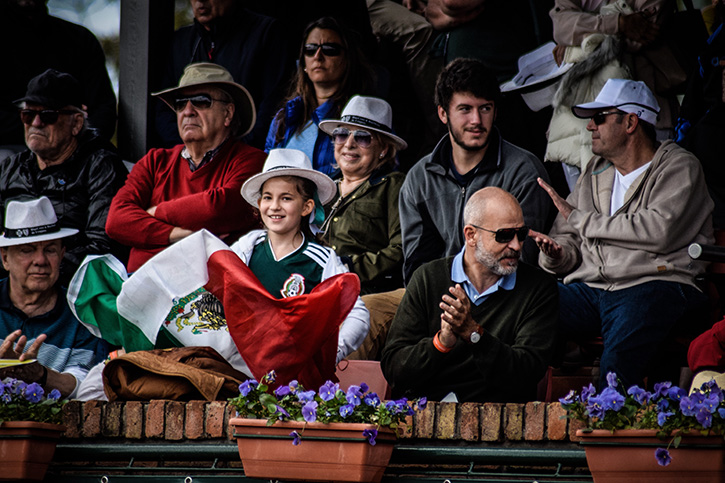
Mexican Independence Day is not just celebrated in Mexico; it is observed by Mexicans across the globe.
Some cities around the world with large populations of people of Mexican descent even hold parades and events in honor of Mexican Independence Day.
In the United States, you’ll find festivities in places like Los Angeles, Houston, and Chicago.
Related: Mexico’s Government Approves Law To Recognize Human Rights Of Afro-Mexicans
